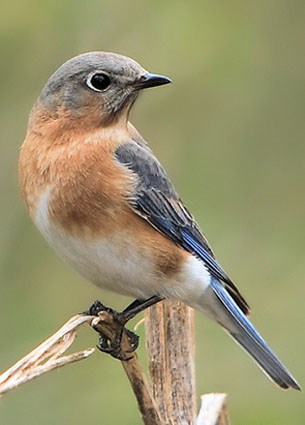Why do we need to classify organisms?
·
It is easier to compare
similarities between organisms
·
It is easier to compare differences
between organisms
·
We can find certain organisms
easily by using their characteristics
·
Accurately and uniformly names organisms
·
Prevents misnomers such as starfish and jellyfish that aren’t really fish
·
Uses same language (Latin or some Greek) for all names
So what is classification?
·
Classification is the arrangement of organisms into orderly groups based on their similarities.
·
Classification is also known as
taxonomy.
·
Taxonomists are scientists that identify and name organisms.
Biodiversity
·
There are 13 billion know
species of organisms
·
This is only 5% of the
organisms that ever lived!
·
New organisms are still being
found and identified
Standardized Naming
·
Binominal nomenclature used
·
Genus species
·
Latin or Greek
·
Italicized in print (eg. Turdus migratorius)
·
Capitalize genus, but NOT
species.
·
Underline the genus and species
name separately when writing (eg. Turdus migratorius)

Turdus migratorius
(image taken from: http://www.allaboutbirds.org/guide/American_Robin/id)
Classification Groups
·
Taxon (taxa – plural) is a
category into which related organisms are placed
·
There is a hierarchy of groups
(taxa) from broadest to most specific.
·
Domain, Kingdom, Phylum, Class, Order, Family,
Genus, Species
Domains
·
Broadest, most inclusive taxon
·
Three domains
·
Archaea and Eubacteria are unincellular
prokaryotes (no nucleus or membrane-bound organelles)
·
Eukarya are more complex and have a
nucleus and membrane-bound organelles
Taxons
·
Most genera contain a number of
similar species, with the exception of Homo that only contains modern humans
·
Each successive classification
category or taxon contains more different types of organisms than the preceding
category.
Example of Classification of Humans
Classification Category
|
Characteristics
|
Domain Eukarya
|
Cells with nuclei
|
Kingdom Animalia
|
Mulitcellualr motile, ingestion of food
|
Phylum Chordata
|
Dorsal supporting rod and nerve cord
|
Class Mammalia
|
Hair, mammary glands
|
Order Primates
|
Adapted to climb trees
|
Family Hominidae
|
Adapted to walk erect
|
Genus Homo
|
Large brain, too use
|
Species Homo sapiens
|
Body proportions of modern humans
|
No comments:
Post a Comment